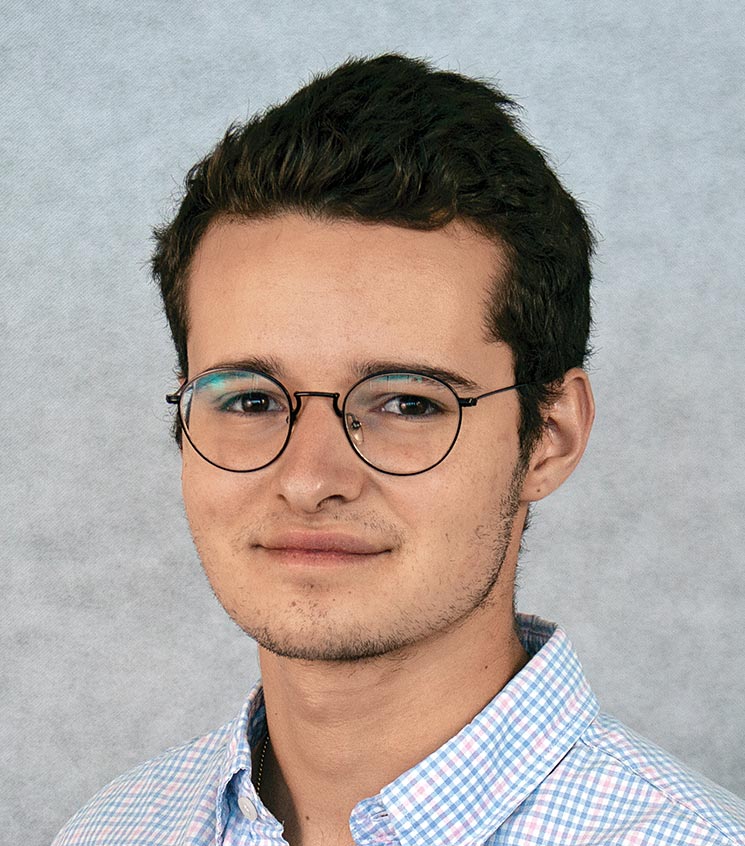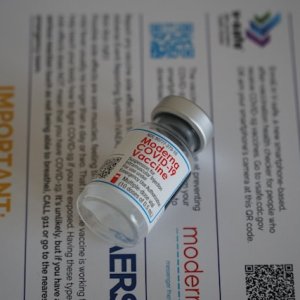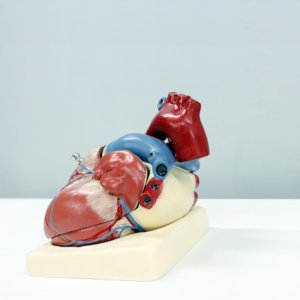
PAHO Launches Campaign to Improve Diagnosis of Childhood Cancers
 By Rodrigo Andrade | Journalist & Industry Analyst -
Fri, 02/17/2023 - 10:32
By Rodrigo Andrade | Journalist & Industry Analyst -
Fri, 02/17/2023 - 10:32
During International Childhood Cancer Day, the Pan American Health Organization (PAHO), St. Jude Children’s Research Hospital and Childhood Cancer International launched a campaign to raise awareness of the first signs of the most common cancers affecting children and adolescents.
The “Support Kids with Cancer” campaign seeks to inform parents, caregivers and health professionals in Latin America and the Caribbean about the most common symptoms to improve timely diagnosis and treatment outcomes, says the organization’s press release.
Nearly 29,000 children and adolescents are diagnosed with cancer each year in Latin America and the Caribbean, says Anselm Hennis, Director of the Noncommunicable Diseases and Mental Health Department, PAHO. The campaign aims to highlight the importance of early detection and provide information on what to do if a concerning symptom is observed.
Hennis highlights that there is a significant difference in the survival rates across the Americas, going from as low as 20% in low-income countries to up to 80% in higher-income countries. The campaign aims to address the issues that cause these discrepancies. “While the overall regional survival rate for childhood cancer currently stands at 55%, this varies significantly from country to country,” says Hennis.
According to Marcela Zubieta, Head of the Latin American network, Childhood Cancer International, the six most common types of childhood cancer have unique characteristics that show early symptoms. They also have effective therapies to treat them. “This is why getting the information out to parents via this campaign is so vital,” says Zubieta.
Mexico has a higher rate of success in treating pediatric cancer, with between 50% and 60% of patients overcoming the disease, compared to the Latin American average of only 30%, according to data from the National Center for Child and Adolescent Health (CENSIA) of the Ministry of Health, according to the Government of Mexico.
Marco Aguilar, Head of the Pediatric Oncology Service, National Institute of Pediatrics (INP), attributes the higher success rate to the fact that 50% of childhood cancers are of acute lymphoblastic leukemia, a highly treatable cancer. The INP and CENSIA carry out periodic awareness campaigns to educate teachers, parents and caregivers about the signs and symptoms of many childhood cancers.
Around 3% of all cancer cases occur in children, with an estimated 7,000 new patients diagnosed every year. Childhood cancer is the second leading cause of death among children.
















